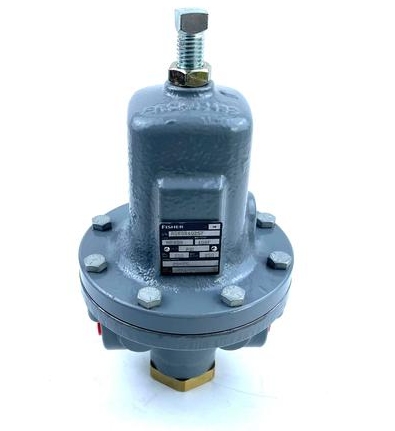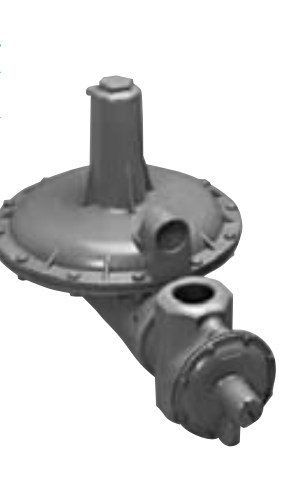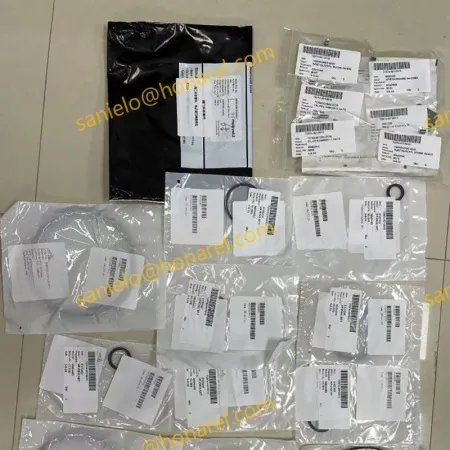Composition of axial flow valve
The axial flow valve is composed of three parts: 1) valve body; 2) control manifold; 3) actuator.
When the control pressure is low and the downstream pressure exceeds the load and forces the valve to fully open, the downstream rectifying fence completely protrudes into the upstream section of the axial flow valve and the sleeve inside the rectifying fence. When the sleeve continues to expand and expand, it adheres to the inside of the axial flow valve. The control pressure enters the outside of the sleeve, and due to the expansion of the sleeve, part of the downstream rectifying fence is exposed, and the airflow begins to pass through the downstream exhaust port. The diameter is slightly smaller than the rectifying fence, and when the downstream pressure and control pressure are exceeded. When the downstream gas is sufficient and the remaining pressure reaches equilibrium, the sleeve will close the valve. The sleeve forces the inner and outer surfaces to maintain a balanced state.
Control Manifold
The combination manifold includes an integral adjustable restrictor to adjust the response speed of the axial flow valve, and a filter located at the front end of the restrictor and actuator to remove foreign matter. A single combination manifold can be used with all axial flow valves ranging from 2″ to 12″.
When the pressure difference before and after the axial flow valve is relatively small, a Venturi-type manifold can be used. This manifold contains a specially designed nozzle that reduces the pressure differential required for full valve opening while maintaining control sensitivity and accuracy of control pressure, thereby extending the versatility of the axial flow valve. The same manifold can be used with all sizes of axial flow valves.








